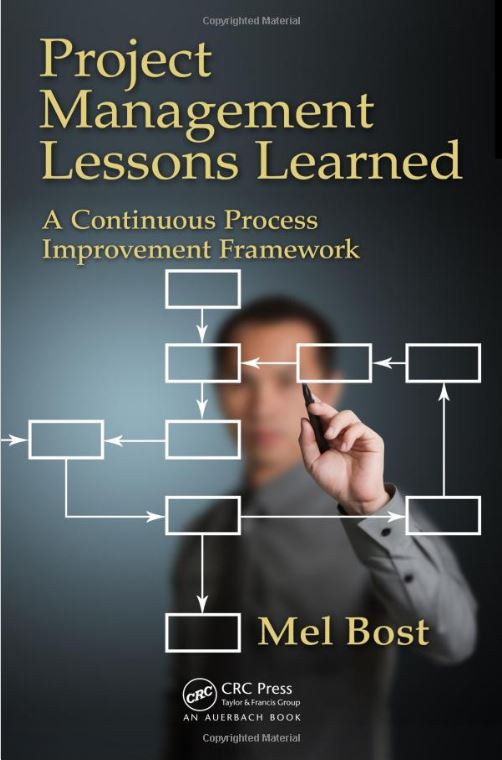As active project managers and PMO leaders, we need to look beyond just “linear thinking” and explore some other ways of examining situations, gathering information, and making decisions. “Nonlinear thinking” “systems thinking,” and “integrative thinking” are just a few variations we need to be aware of and use occasionally. This blog post is about “linear” versus “nonlinear” thinking.
Linear thinking is the usual “cause and effect” thinking that we have all grown up with. It seeks to relate an action with a result and jump to a “cause and effect” solution. For example, we see a broom fall from its resting place on a wall and make a loud noise at it hits the floor. We associate the falling broom with the loud noise in a “cause and effect” relationship. Or if we take some initiative to put something in motion and we see the end result that someone else takes action as a result of our initiative, we associate a “cause and effect” or linear thinking relationship. But not all actions and results we see are the result of something we put into motion. There can be “nonlinear” relationships between what we see and what actually happened that are very important in our understanding of the world and our surroundings.
Elsewhere in my blog I related this story but I have a different purpose for retelling it at this time. When I was about ten years old, every Saturday I would watch the Baseball Game of the Week on TV at 1 PM. Usually I would prepare a sandwich and sit in front of the TV at noon to give myself plenty of time to eat the sandwich. CBS was the channel for the Game of the Week and the New York Yankees were usually the tam of choice by the network from Yankee Stadium in New York.
As I ate my sandwich, the network played a half hour program at noon or 12:30 each Saturday known as “Industry on Parade.” “Industry on Parade” was a program produced by the National Association of Manufactures (NAM) extolling the new industries created after WW II and the “processes” they employed. I found this program to be so fascinating because it detailed the “process” employed in each industry and showed assembly lines and other examples of the processes in place.
Throughout my undergraduate and graduate training in science and engineering, I often recalled the “Industry on Parade” program as the best tutorial on “PROCESS” I was ever exposed to. That included some very formal courses in systems theory and networks.
Now, it might seems a stretch to you to say that the New York Yankees influenced my career choice of process and process improvement but the nonlinearity of such relationships is very much at work today in our businesses and social life.
The fact that I was poised to watch the Baseball Game of the Week meant that i was exposed to an environment that had TV programs available for my viewing.
There was once a college senior majoring in Physics in the late 1940’s who was undecided about his career after graduation. He was a lab instructor and well thought of by the faculty. One day the Director of the Physics School asked him what his plans were after graduation. He said he was undecided but thought he would take a job. The Director said he was being too short sighted and gave him a list of graduate physics programs to which he should apply. Because the Director was a precise person, he alphabetized the list with “Chicago” being first on the list and his school “Yale” last on the list. The Director told him to write a letter to each of the programs expressing interest. With coursework and labs, the student only wrote to The University of Chicago. When he arrived on campus to begin his graduate program, he was amazed to find many Nobel Laureates and advanced students who had worked on the Manhattan Project. Chicago was, after all, the location for the first sustained nuclear reaction in a pile configuration. Consequently, he received a top notch graduate experience, all because the Director had been careful to alphabetize the list. How nonlinear can an outcome be? Very!
The next time one of your project team members seems to behave in a fashion that might be detrimental to the project outcomes or makes a decision that you think should have been reviewed by others, don’t automatically assume that the team member is being influenced completely by his project environment. Consider that something else may be going on in his personal life of in his relationships with others. Think nonlinearly.
As a project manager, it is easy to look close to the source for solutions. Sometimes solutions are farther from the source and need insight and investigation. Think nonlinearly.

Leave a Reply